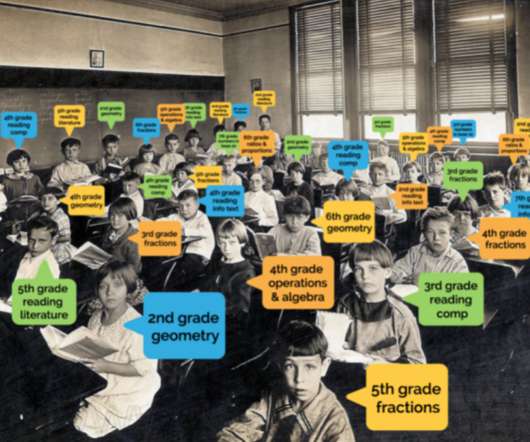Digital divide: Gap is narrowing, but how will schools maintain progress?
The Hechinger Report
AUGUST 25, 2021
Nationwide, significant progress has been made since March 2020 on closing the digital divide – the chasm between those K-12 learners who have access to reliable internet and computing devices at home and those who don’t. Our world is digital literacy now. The devices are headed to seventh and eighth graders.














Let's personalize your content